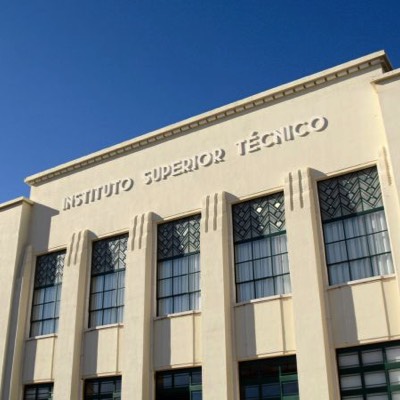BioNanoLip
This project has received funding from the European Union’s Horizon 2020 research and innovation programme under the Marie Sklodowska-Curie grant agreement No 839315.
About Project

“Healthy” MGS at the physiological TF temperature of 34°C forms a duplex film of multilayer thickness, consisting of (i) polar lipid (PL) monolayer (headgroup and acyl chain regions denoted as 1 and 2) interfacing the aqueous subphase and (ii) an overlaid liquid (non-structured) rough and continuous non-polar lipid (NPL; mainly wax and sterol esters) nebula (3) with some lamellar gel crystallites dispersed within. The NPL oily “cap” might act as a lipophilic solvent accommodating the PL (which may form inverse micelles in it) during the film compression (i.e. there is no squeeze out of PL in the AT), so that PL can promptly return to the aqueous interface at film expansion.
The tear film lipid layer (TFLL) is a microscopically thin film of oils that is key to preventing the tear film from evaporating. Dry eye disease develops when this lipid layer malfunctions. Mixing ophthalmic nanoemulsions with the tear film lipid layer, which has an exceptionally slow turnover rate, could lead to improved treatments for dry eye disease as well as for glaucoma, a major vision-threatening disease. Funded by the Marie Skłodowska-Curie Actions programme, the BioNanoLip project aims to increase our understanding of lipid layer functionality and dry eye disease mechanisms. It also explores molecules and formulations that can enhance lipid layer functionality and lead to new therapies.
Where we are?

Biospectroscopy and Interfaces Research Group, Institute for Bioengineering and Biosciences, Instituto Superior Técnico, Av. Rovisco Pais 1, 1049-001 Lisbon, Portugal.
Team Members

Prof. Georgi Georgiev
Georgi Georgiev is Marie Skłodowska Curie Actions Experienced Researcher at the iBB - Institute for Bioengineering and Biosciences, Complexo Interdisciplinar, IST, with research in the tear film surface chemistry and biophysics. He received his Ph.D. degrees from University of Sofia, Bulgaria, in 2007, where he is an Associate Professor. In the field of tear film (and biointerfaces in general) he has published 2 book chapters and >50 scientific publications. His research is focused on the development of in vitro tools for probing the composition-structure function relationship of tear film and in vitro design and formulation of ophthalmic pharmaceuticals.

Prof. Manuel Prieto
Manuel Prieto is Full Professor of Instituto Superior Técnico of Universidade de Lisboa (Portugal), and President of IUPAB. The work (>250 ISI Web of Science publications, and 15 book chapters; > 6500 citations ISI WoS) obtained international recognition, in the area of advanced photophysical methodologies in life sciences. His work is centered in Molecular and Cell Biophysics, namely on the application of state-of-the art fluorescence methodologies, both in ensemble average and under the microscope. MP has a strong record in international organizations: i) LAFeBS (Latin American Fed. of Biophys. Societies), ii) Science Europe- Sci. Committee, iii) FEBS Publications Committee (2009-2013), iv) Collaborator Initiative for Science in Europe (2013). Also, he was Faculty Member of the UNESCO Chair of Biophysics (Argentina, 1999-2003), President of EBSA (European Biophysical Societies' Association).
This project has received funding from the European Union’s Horizon 2020 research and innovation programme under the Marie Sklodowska-Curie grant agreement No 839315.


